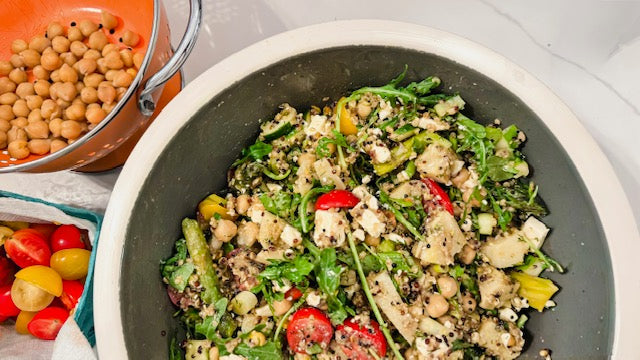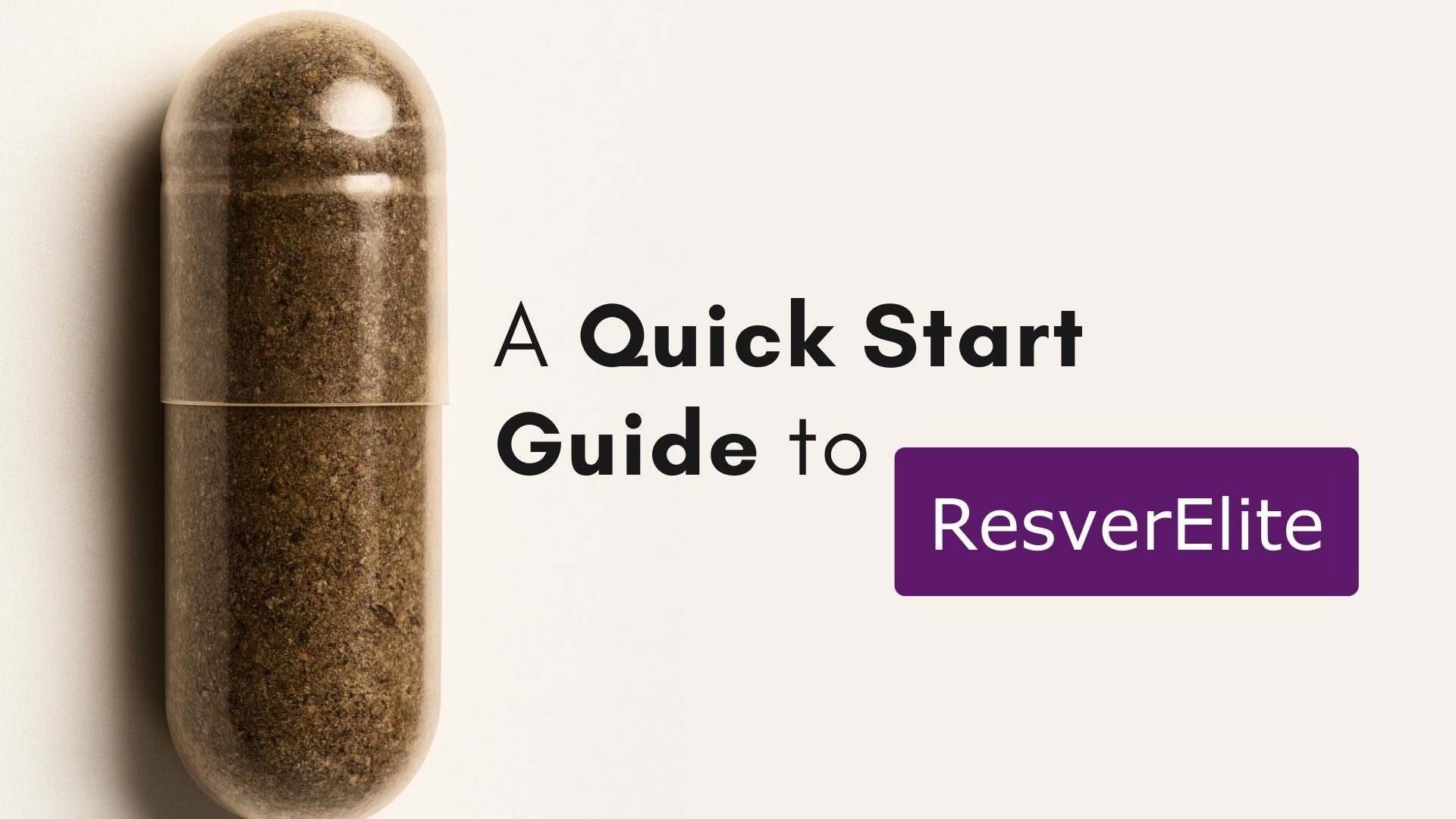Why Organic Is Important
In a food and diet culture that’s rife with buzz words and temporary, fleeting trends, sometimes it can be difficult to sift through the information and decipher what’s actually worth spending money on.
Organic farming is defined as a production system in which sustained agricultural productivity, maintained soil health and ecosystem by relaying ecological processes, biodiversity and natural cycles. (1)
Using organic farming methodology is shown to be beneficial for human and environmental health, as it helps to reduce exposure to harmful components of conventional farming such as pesticides and herbicides, as well as improving soil health. (2, 3, 4)
Often times, organic produce can be more expensive than conventionally grown produce; but not always. In any case, the pricetag does come with benefits.
Saving at Farmer’s Markets
Local farmers markets sometimes prove to be a great way to get deals on organically grown produce. Of course, every market, season, and yield is different. But, getting to know your local farmers and which plants grow abundantly can be resourceful if you are on a budget.
Modern Farming Practices
The unfortunately reality is that the majority of farming in the United States still uses harmful pesticides and herbicides such as glyphosate. Glyphosate has been linked to a wide range of birth malformations, and recent studies have found they may cause cancer. Additionally, the use of pesticides in conventional farming has been linked in a recent study to impaired testicular health. Separate research also found that being exposed to pesticides was associated with more genetic harm than not being exposed. (5)
The Clean 15
The “Clean 15” is the Environmental Working Group’s annual list they compile sharing the lowest amounts of pesticide residues, according to their analysis of the most recent USDA data. (6) Their 2024 compilation of the “safest” produce is:
-Avocados
-Sweetcorn
-Pineapple
-Onions
-Papaya
-Sweet peas (frozen)
-Asparagus
-Honeydew melon
-Kiwi
-Cabbage
-Mushrooms
-Mangoes
-Sweet Potatoes
-Watermelon
-Carrots
To view their full list and read through their produce breakdown, take a look here. The EWG 2024 guide includes data from 47,510 samples of 46 fruits and vegetables.Too, this list contains what they call the “Dirty Dozen”, which are the 12 fruits and vegetables that were most contaminated with pesticides.
Tips for Shopping
If you are aware of the downside of conventional produce, your grocery trips may change and you may find yourself incessantly seeking organic foods & products. This is great and your overall health will benefit, even if you do not feel it.
However, realistically, you do not want this to become obsessive and to the detriment of your mental health. Two ways to make eating organic practical is to commit to buying a handful of the things you eat everyday (i.e. eggs, coffee, apples) organic, and then do not fret over the rest. Another way to bring the practice of eating more organic food into your routine is to try to eat organic 80% of the time, with a 20% allowance to eating things/meals that are conventionally grown.
When You Can’t Buy Organic
Sometimes you’re out at a restaurant, on your college campus, in your workplace lunchroom, at a friend’s house, or simply eating your own store-bought food (from the 20% portion of your shopping, as a nod to the 80/20 rule mentioned above). No matter what the instance, it’s not always possible to eat organic for every bite.
Luckily, this is a good instance to incorporate the beneficial plant compound, sulforaphane. Sulforaphane (present in bioavailable, functional form in our product, BrocElite), has been shown to help rid the body of the harmful contaminants common in conventional farming; we discussed these earlier in this post. (9, 10, 11)
References:
- https://www.sciencedirect.com/topics/agricultural-and-biological-sciences/organic-farming
- https://www.frontiersin.org/journals/sustainable-food-systems/articles/10.3389/fsufs.2019.00082/full
- https://www.ncbi.nlm.nih.gov/pmc/articles/PMC8465994/
- https://www.sciencedirect.com/science/article/pii/S1658077X2300070X
- https://www.ewg.org/foodnews/clean-fifteen.php
- https://mara-labs.com/blogs/journal/jeffrey-smith-interview-glyphosates-impact-on-health-how-sulforaphane-can-help?srsltid=AfmBOookXoSoW9BtVo8WR-VXMCD6A0tPihtINxaUoQp3TTuAkAK8ppZ_
- https://www.ewg.org/foodnews/full-list.php
- https://www.sciencedirect.com/science/article/pii/S0944711324003908
- https://www.ncbi.nlm.nih.gov/pmc/articles/PMC10808862/
- https://www.nature.com/articles/s41598-017-14520-8







0 Comment